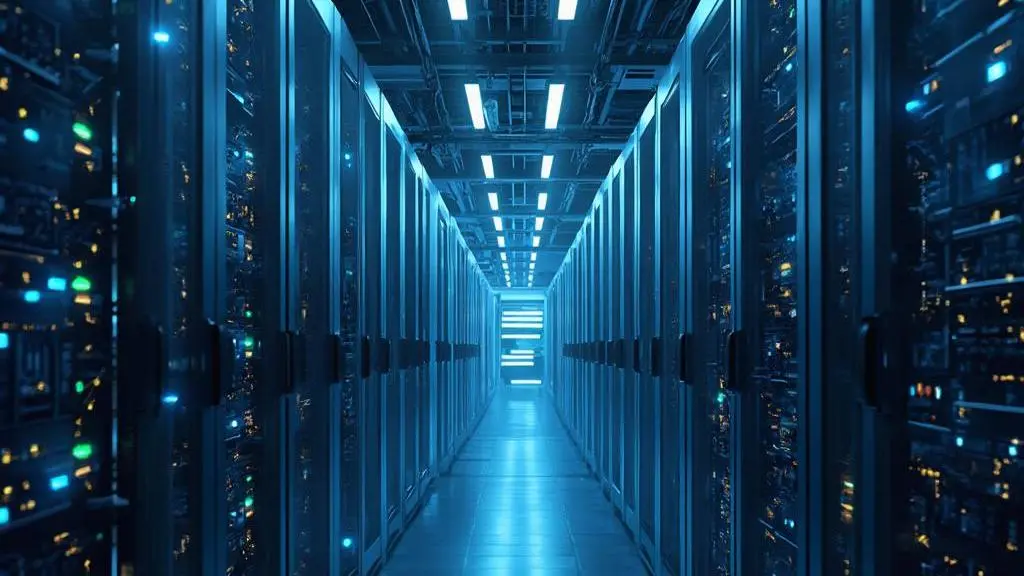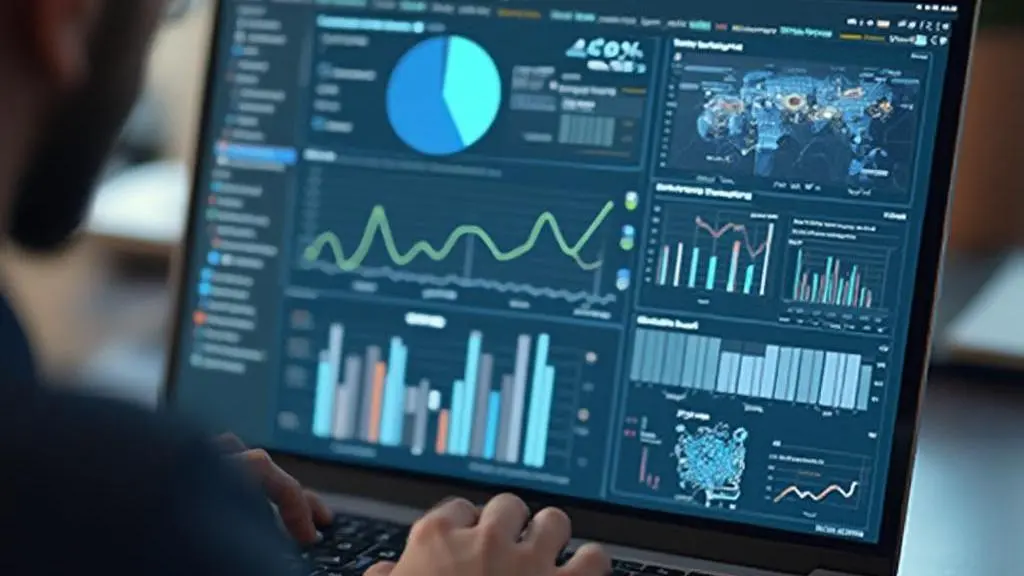Edge computing is increasingly becoming a critical component of modern data processing and storage solutions. By bringing computation and data storage closer to the source of data, edge computing offers significant benefits in terms of reduced latency and improved efficiency.
What is Edge Computing
Edge computing refers to the practice of processing data near the source of the data, reducing the need for long-distance data transmission and minimizing latency. This approach is particularly beneficial for applications that require real-time processing, such as autonomous vehicles, industrial automation, and IoT devices. By decentralizing data processing, edge computing can significantly improve the performance and reliability of these systems.
At its core, edge computing involves shifting computational tasks from centralized data centers to the periphery of the network, closer to where data is generated. This shift alleviates the burden on central servers and reduces bandwidth usage. For example, in industrial automation, edge devices can process sensor data locally, making immediate decisions without the need to send data to a remote server. This localized processing enhances the responsiveness of automated systems, crucial for maintaining operational efficiency.
Furthermore, edge computing enhances data privacy and security. By processing sensitive data locally, organizations can minimize the risk of data breaches, as less data is transmitted over networks. This is particularly important in sectors like healthcare, where patient data must be handled with the utmost confidentiality. Implementing robust cybersecurity measures at the edge ensures that data remains secure throughout its lifecycle.
Edge computing also supports the deployment of advanced technologies such as artificial intelligence and machine learning. These technologies require substantial computational resources, which can be more effectively managed at the edge. For instance, AI models can be trained and executed on edge devices, enabling real-time analytics and decision-making. This integration of AI with edge computing is pivotal for applications like predictive maintenance in manufacturing and real-time monitoring in smart cities.
Benefits of Edge Computing
The primary benefits of edge computing include:
- Reduced Latency: By processing data closer to the source, edge computing minimizes the delay in data transmission. This is crucial for applications that require real-time responses, such as autonomous vehicles and industrial automation. By reducing the distance data needs to travel, edge computing ensures that decisions are made quickly, enhancing the performance of systems that rely on immediate data processing. This is particularly important in scenarios where split-second decisions can make a significant difference, such as in autonomous driving or industrial control systems. For more on the importance of real-time data processing, see cybersecurity essentials.
- Improved Efficiency: Edge computing reduces the load on centralized data centers. By distributing the processing tasks to edge devices, the overall system becomes more efficient. This leads to better resource utilization and improved performance, as the central data centers are not overwhelmed with data processing tasks. Edge devices can handle a significant portion of the data processing, freeing up central resources for more complex tasks. This efficiency is critical for applications like IoT, where vast amounts of data are generated continuously. For insights into managing large data volumes, see data analysis in research.
- Enhanced Security: Processing data at the edge can reduce the risk of data breaches. By minimizing the amount of data transmitted over networks, edge computing limits the exposure of sensitive information. This decentralized approach ensures that data is processed locally, reducing the chances of interception during transmission. Additionally, edge computing can implement local security measures, such as encryption and access controls, to further protect data. For more on network security, see network security.
Applications of Edge Computing
Edge computing has a wide range of applications, including:
- Autonomous Vehicles: Real-time data processing is crucial for the safe operation of autonomous vehicles, making edge computing an essential technology in this field. The ability to process data locally ensures that decisions are made quickly, reducing the risk of accidents. This is particularly important for functions like obstacle detection and navigation, where delays can be hazardous. Moreover, edge computing enhances the security of autonomous vehicles by limiting the data transmitted to central servers, thereby reducing the risk of cyber threats and vulnerabilities. For more insights on cybersecurity threats, refer to this article.
- Industrial Automation: Edge computing enables faster decision-making and improves the efficiency of industrial processes. By processing data closer to the source, industries can reduce latency and enhance the responsiveness of automated systems. This is beneficial for manufacturing, where real-time adjustments are necessary to maintain production quality and efficiency. Edge computing also facilitates predictive maintenance, allowing machines to be serviced before they fail, thereby minimizing downtime.
- IoT Devices: With the proliferation of IoT devices, edge computing helps manage the vast amounts of data generated, ensuring timely and reliable data processing. IoT devices often require immediate responses to environmental changes, making edge computing indispensable. By processing data at the edge, IoT systems can operate more efficiently and reduce the strain on centralized data centers. This is particularly useful in smart homes, wearable technology, and industrial IoT applications.
At KCNet, we offer web design, web hosting, DNS management, cloud infrastructure configuration and management, vulnerability assessment, digital security audit and managed cloud services at a low price to help businesses integrate edge computing solutions effectively.
Future Trends in Edge Computing
As edge computing continues to evolve, several trends are emerging:
- Increased Adoption: More industries are recognizing the benefits of edge computing and are integrating it into their operations. This trend is driven by the need for real-time data processing and reduced latency, which are critical for applications such as industrial automation and IoT devices.
- Advanced AI and Machine Learning: Edge computing is becoming increasingly integrated with AI and machine learning, enabling more sophisticated data analysis and decision-making. This integration allows for AI models to be deployed closer to the data source, reducing the time needed for data transmission and processing.
- 5G Integration: The rollout of 5G networks is expected to further enhance the capabilities of edge computing, providing even faster and more reliable data processing. 5G’s low latency and high bandwidth make it ideal for supporting edge computing applications, especially in scenarios requiring immediate data processing, such as autonomous vehicles and smart cities.
For businesses looking to stay ahead of these trends, partnering with experts can provide the necessary solutions.
Final words
Edge computing represents a significant leap forward in data processing and storage, offering reduced latency, improved efficiency, and enhanced security. As the technology continues to evolve, its applications will expand, making it an essential component of modern digital infrastructure. For businesses looking to leverage the benefits of edge computing, partnering with experts like KCNet can provide comprehensive solutions, including web design, web hosting, DNS management, cloud infrastructure configuration and management, vulnerability assessment, digital security audit, and managed cloud services at a low price.














Leave a Reply